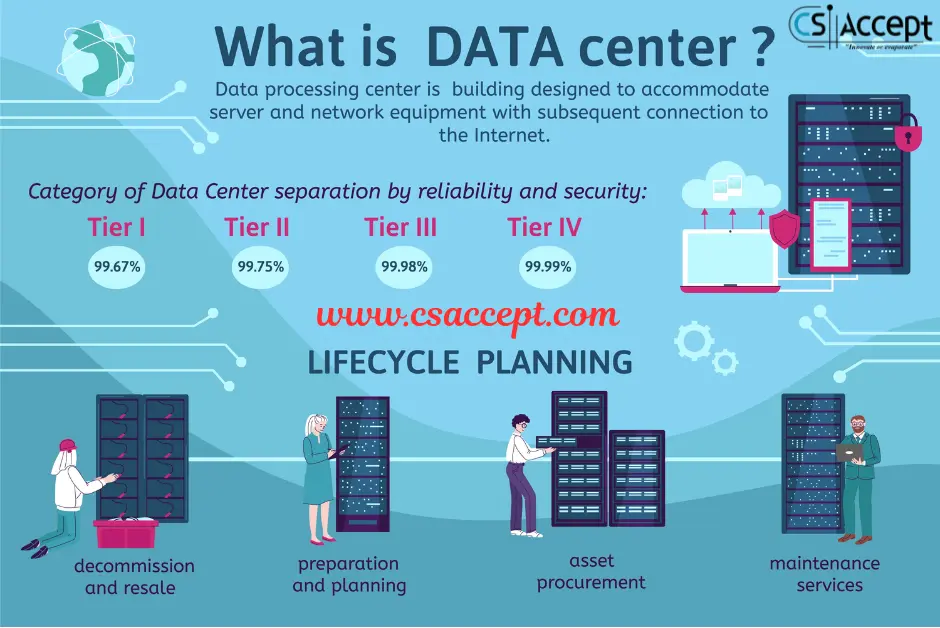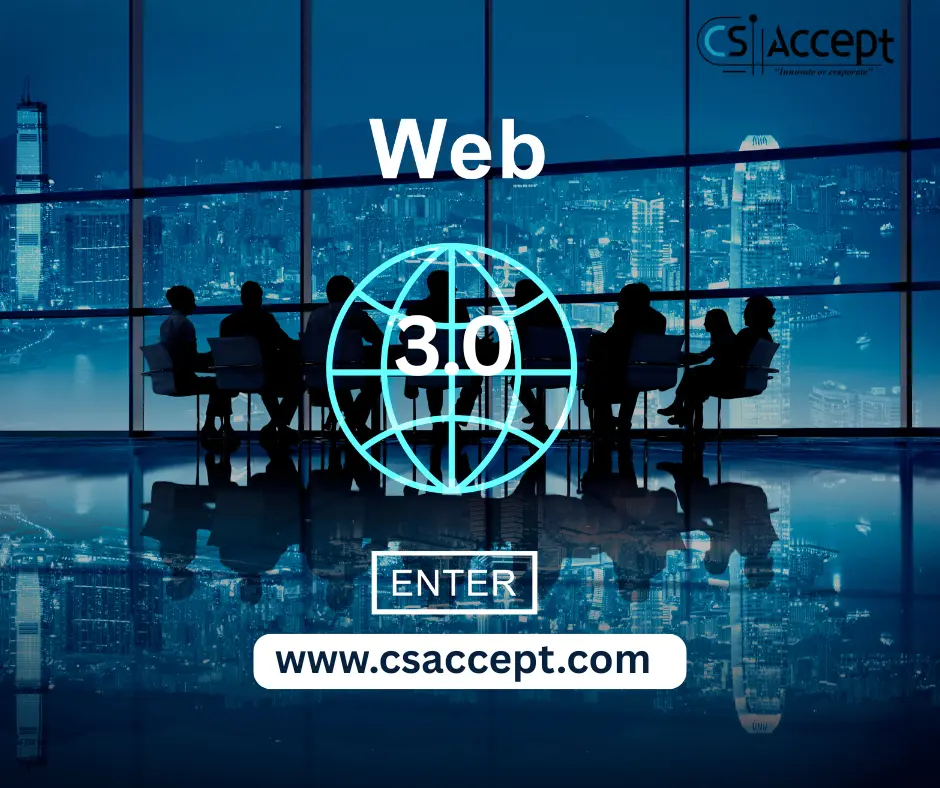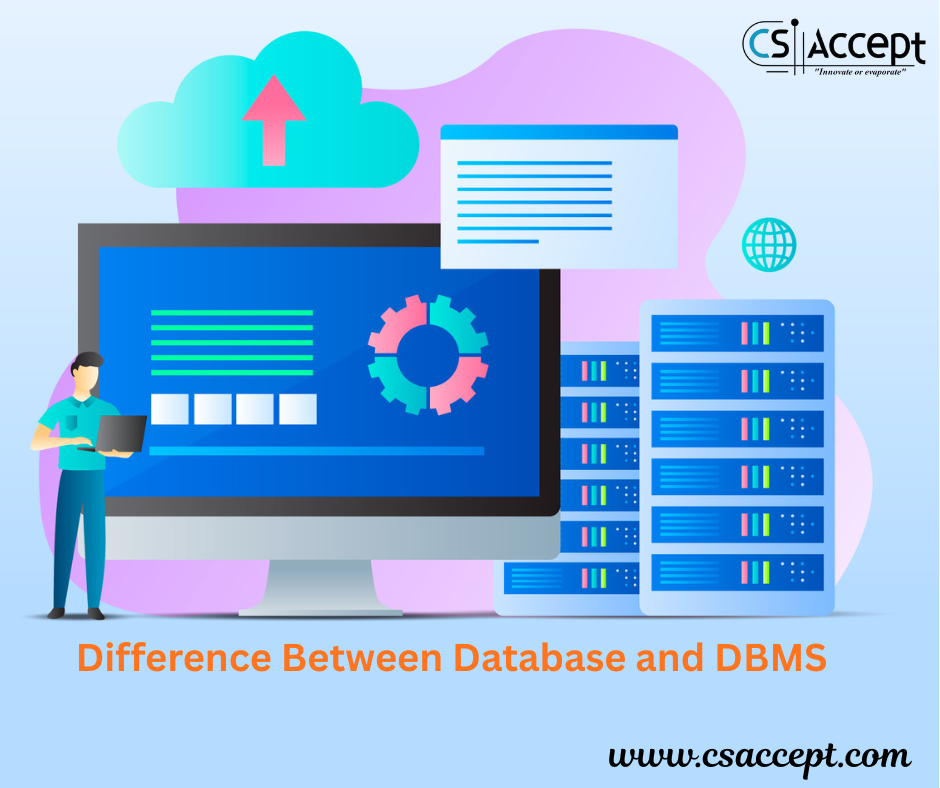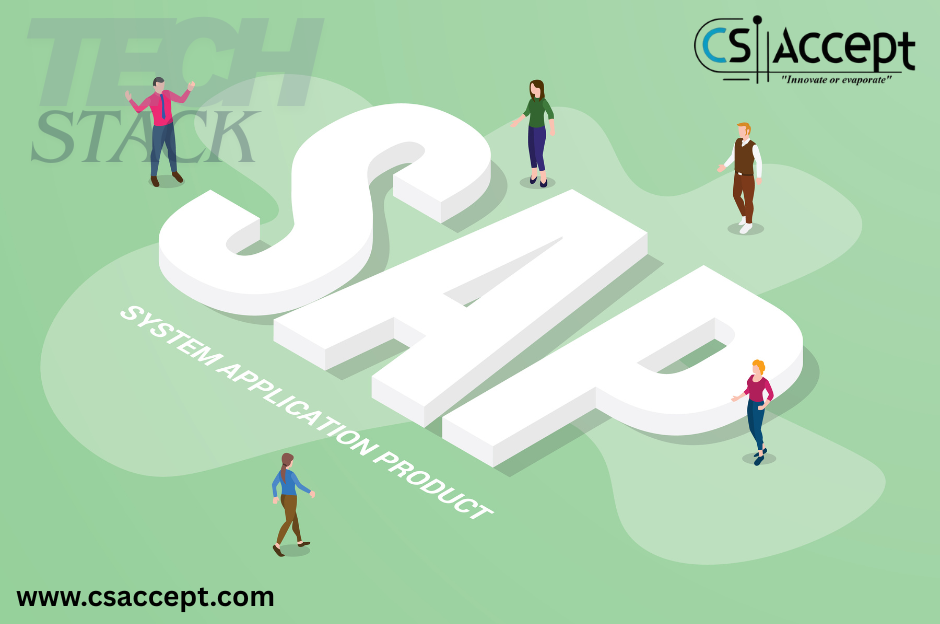
1. Introduction
The Software Development Life Cycle (SDLC) is a systematic process used by software engineers and development teams to design, develop, test, and maintain software systems. SDLC ensures the delivery of high-quality software that meets or exceeds customer expectations, reaches completion within time and cost estimates, and minimizes risks.
2. Definition of SDLC
SDLC is a structured sequence of stages in software engineering to develop the intended software product efficiently and effectively.
It describes the step-by-step development process, from the initial feasibility study through maintenance of the completed application.
3. Objectives of SDLC
- To deliver high-quality software.
- To ensure that the software meets customer requirements.
- To complete the software project on time and within budget.
- To manage project risks systematically.
- To improve development efficiency and minimize errors.
4. Phases of SDLC
SDLC consists of several clearly defined phases:
1. Planning
Purpose:
To define the project scope, resources, timeline, cost estimation, and feasibility.
Key Activities:
- Requirement gathering from stakeholders.
- Feasibility analysis (technical, economic, operational).
- Project planning and scheduling.
Output:
- Project plan
- Feasibility study report
2. Requirement Analysis
Purpose:
To gather and analyze business and technical requirements.
Key Activities:
- Identify functional and non-functional requirements.
- Create Software Requirement Specification (SRS) document.
- Involve users and stakeholders.
Output:
- SRS Document (Software Requirements Specification)
3. System Design
Purpose:
To design the system architecture, components, data flow, and user interfaces.
Key Activities:
- High-Level Design (HLD): Architecture, modules, database design.
- Low-Level Design (LLD): Detailed logic, algorithms, APIs.
Output:
- Design Specification Document
- Data Flow Diagrams (DFD), ER diagrams, UI mockups
4. Implementation (Coding)
Purpose:
To translate design into actual source code.
Key Activities:
- Developers write code in the chosen programming language.
- Follow coding standards and version control.
- Integration of various modules.
Output:
- Source Code
- Executable software modules
5. Testing
Purpose:
To ensure the software is error-free and meets requirements.
Types of Testing:
- Unit Testing – test individual modules.
- Integration Testing – test combined components.
- System Testing – test the complete system.
- Acceptance Testing – validate with end users.
Output:
- Test Plan
- Test Cases
- Bug Reports
- Tested and verified software
6. Deployment
Purpose:
To release the final product to the customer or live environment.
Key Activities:
- Release management
- Deployment planning
- Installation and configuration
Output:
- Deployed system
- Deployment document
- User manual
7. Maintenance
Purpose:
To handle issues, update features, and ensure the software remains operational.
Types:
- Corrective Maintenance (fixing bugs)
- Adaptive Maintenance (modifying for changes)
- Perfective Maintenance (improving performance)
Output:
- Updated system
- Change logs
- Patch releases
5. SDLC Models
Different models define how these phases interact. Popular SDLC models include:
| Model Name | Description |
|---|---|
| Waterfall | Linear and sequential, one phase completed before moving to the next. |
| V-Model | Testing phases are planned parallel to development phases. |
| Iterative | Repeats phases iteratively, refining software in cycles. |
| Spiral | Combines iterative development with risk analysis at each phase. |
| Agile | Iterative, incremental, and customer-focused development approach. |
| Big Bang | No formal process; development starts with minimal planning. |
| RAD (Rapid Application Development) | Focuses on rapid prototyping and quick feedback. |
6. Advantages of SDLC
- Improved project management.
- Predictable and measurable project deliverables.
- Better communication among stakeholders.
- Reduces project risks and development costs.
- Ensures high software quality.
7. Disadvantages of SDLC
- Traditional models like Waterfall are inflexible.
- Requires detailed documentation.
- Difficult to accommodate changes once development starts.
- Time-consuming for smaller projects.
8. Example: SDLC in Real Life
Scenario: A company wants to develop an online food delivery application.
| SDLC Phase | Example Activity |
|---|---|
| Planning | Estimate project cost, time, and team requirements. |
| Requirement Analysis | Gather user needs (e.g., order food, track delivery). |
| Design | Design app interface, server architecture. |
| Implementation | Developers write code for frontend and backend. |
| Testing | Test user login, food search, payment, delivery. |
| Deployment | Launch the app on Play Store and App Store. |
| Maintenance | Fix bugs, add new features like coupons or chat. |
9. SDLC Tools
Here are some common tools used in different SDLC phases:
| SDLC Phase | Tools Used |
|---|---|
| Planning | Microsoft Project, Jira |
| Requirements | IBM Rational DOORS, Lucidchart |
| Design | UML tools, Draw.io, Figma, Balsamiq |
| Coding | Git, Visual Studio, Eclipse, IntelliJ |
| Testing | Selenium, JUnit, TestRail, Postman |
| Deployment | Jenkins, Docker, Ansible, AWS |
| Maintenance | Bugzilla, Jira, ServiceNow |
10. Conclusion
The Software Development Life Cycle (SDLC) is essential for building reliable and scalable software products. By dividing the development process into clearly defined stages, SDLC improves clarity, reduces risks, and ensures that the end product meets user requirements and industry standards.







